Wildlife Sanctuaries in Jharkhand
Welcome to the untamed wilderness of Jharkhand’s Wildlife Sanctuary! Nestled amidst lush greenery and rugged terrain, this sanctuary is a haven for nature enthusiasts and wildlife aficionados alike. Spanning vast expanses, it offers a sanctuary for a myriad of indigenous flora and fauna, including the majestic Royal Bengal Tiger, elusive leopards, and vibrant bird species.
Embark on thrilling safaris through dense forests, witnessing the harmonious coexistence of diverse ecosystems. Immerse yourself in the serenity of nature, as you explore pristine landscapes and encounter unique wildlife encounters. Discover the raw beauty and ecological richness of Jharkhand’s Wildlife Sanctuary, a paradise for ecotourism adventures.
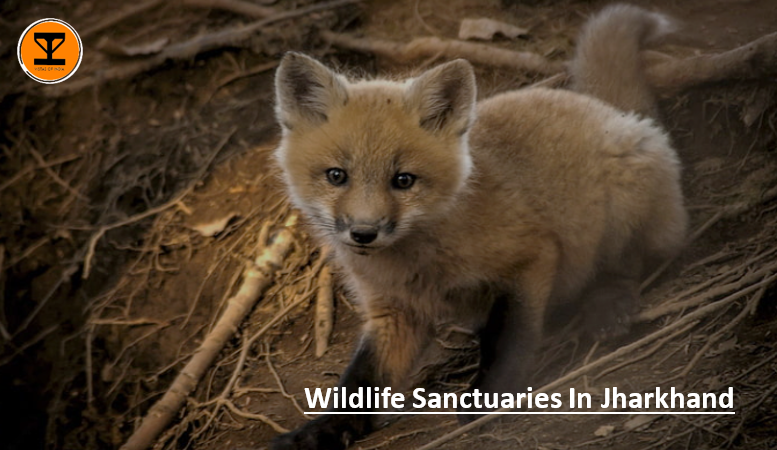
1. Gautam Budha Wildlife Sanctuary

Gautam Budha Wildlife Sanctuary is located in both Jharkhand and the neighboring state of Bihar. Situated just 65 kilometers (40 miles) away from Gaya Airport in Bihar, it is easily accessible for tourists. The sanctuary is named after Gautama Buddha, the founder of Buddhism, who attained enlightenment in Gaya during the sixth century BC.
Covering a vast area of 259 sq. km (100 sq. mi), Gautam Budha Wildlife Sanctuary boasts a variety of flora including ravine thorn, dry riverine, and moist forests. Visitors can enjoy a safari experience that involves a mix of driving and short trekking to reach scenic viewpoints and appreciate the wilderness.
2. Palkot Wildlife Sanctuary
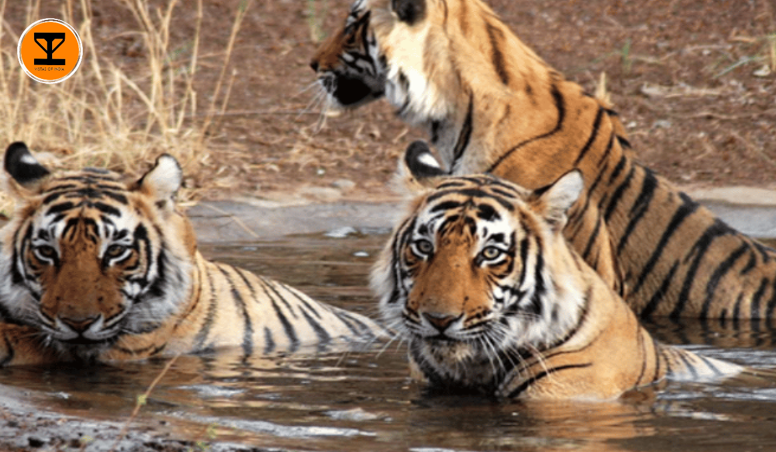
Palkot Wildlife Sanctuary, located in the Indian state of Jharkhand, is one of the four areas designated as eco-sensitive zones by the Indian Government in 2019. Along with Koderma, Lawalong, and Palamau wildlife sanctuaries, Palkot Wildlife Sanctuary plays a crucial role in preserving the biodiversity of the region.
The sanctuary is known for its dry deciduous forests, which provide a safe haven for a variety of majestic animals. Among the notable species found here are elephants, leopards, jackals, and numerous other wildlife species. The sanctuary’s diverse ecosystem supports a rich array of flora and fauna, making it a paradise for nature enthusiasts and wildlife lovers.
Situated approximately 25 kilometers (15.5 miles) from Gumla district and 92 kilometers (57 miles) southeast of Jharkhand’s capital, Ranchi, Palkot Wildlife Sanctuary is easily accessible for visitors. However, it is advisable to avoid visiting during the monsoon season, as heavy rainfall can make the terrain difficult to navigate.
3. Mahuadanr Wolf Sanctuary
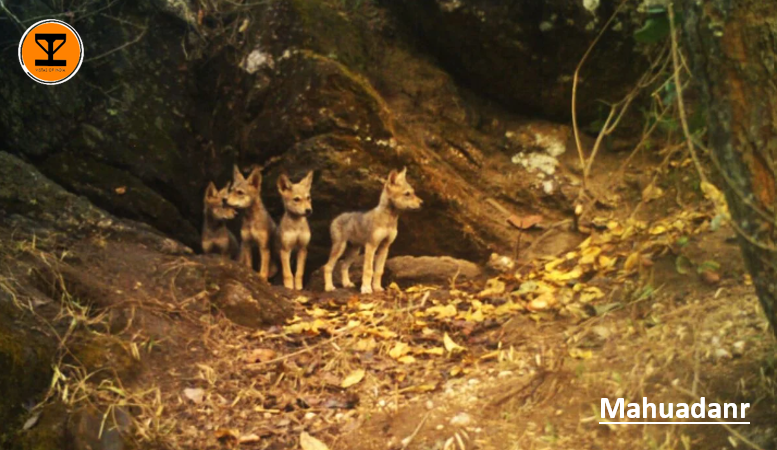
The Mahuadanr Wolf Sanctuary, situated in the breathtaking Mahuadanr Valley, also known as Chechari Valley, is a hidden gem under the jurisdiction of the Palamau Tiger Reserve. Located just 186 kilometers (115.5 miles) away from Ranchi, this sanctuary offers easy accessibility for visitors eager to explore its enchanting hilltops and picturesque valleys.
Spanning an expansive area of 63 sq. km (24 sq. mi), the Mahuadanr Wolf Sanctuary is a haven for wildlife enthusiasts and nature lovers alike. The sanctuary is crisscrossed by several rivers, including the majestic Burha, Aksi, and North Koel, which is also home to the mesmerizing Lodh Fall. These rivers not only add to the scenic beauty of the sanctuary but also provide a vital water source for the diverse flora and fauna that call this place home.
4. Koderma Wildlife Sanctuary
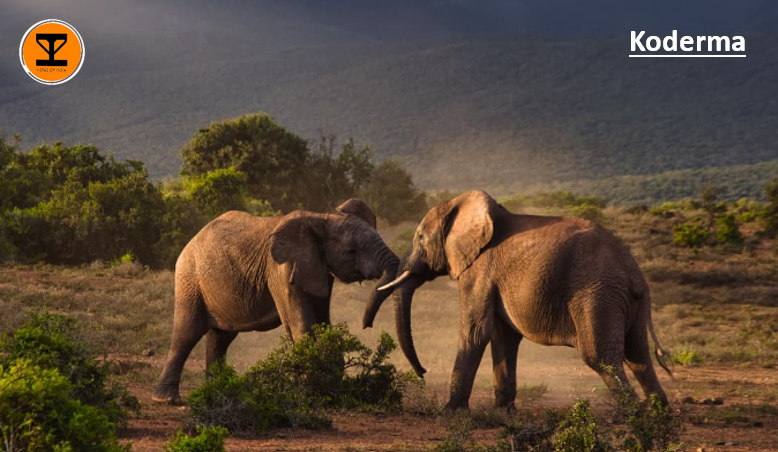
Koderma Wildlife Sanctuary, situated in the picturesque state of Jharkhand, is a haven for nature enthusiasts and wildlife lovers. This sanctuary, designated as an eco-sensitive zone, boasts a sprawling expanse of dense forests that cover a remarkable 41% of its total area.
Nestled just 175 km (109 mi) away from the bustling city of Ranchi, Koderma Wildlife Sanctuary offers a convenient escape into the wilderness. Visitors have the opportunity to immerse themselves in the serene surroundings and witness the diverse range of wild animals and birds that call this sanctuary their home.
As you venture through the sanctuary, you may come across a fascinating array of wildlife. Wild pigs, with their distinctive snouts and bristly fur, roam freely amidst the verdant foliage. Majestic bears, known for their strength and agility, can be spotted in their natural habitat, adding an element of thrill to your wildlife encounter.
5. Lawalong Wildlife Sanctuary
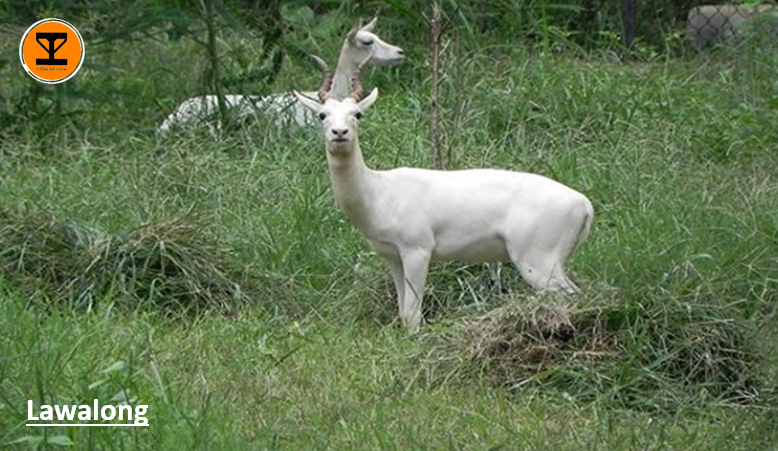
Lawalong, located on the Chota Nagpur Plateau, is a conveniently accessible destination, being just 98 km (61 mi) away from Gaya and 90 km (56 mi) from Tori Railway Station. This close proximity to major transportation hubs makes it easily reachable by air, train, and road, allowing visitors to plan their journey with convenience and flexibility.
Spanning an area of 211 sq. km (81 sq. mi), Lawalong offers a diverse and captivating terrain. The region is characterized by undulating rivers and streams, which add to its natural beauty and charm. These water bodies not only enhance the scenic appeal of the area but also provide a habitat for various aquatic species.
Lawalong is also known for its rich and varied forests. The region is home to different types of forests, including moist, dry, mixed deciduous, dry savannah, and dry tropical riverine forests. This diverse range of forest types contributes to the overall biodiversity of the area, making it a haven for nature enthusiasts and wildlife lovers.
6. Betla National Park
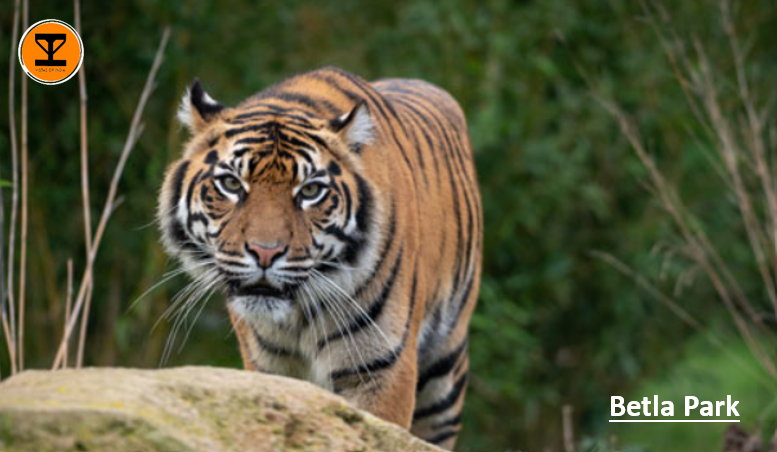
Betla National Park, located in Jharkhand’s Palamau district, is renowned as one of India’s most famous national parks. The name “Betla” is derived from the acronym for its main attractions: bison, elephant, tiger, and leopard axis. Situated 173 kilometers (107.5 miles) away from the state capital, Ranchi, this park is easily accessible by a daily train run by the Indian Railways.
The journey from Ranchi to Betla takes approximately 4 hours and 45 minutes. Once you arrive, you’ll be greeted by lush tropical evergreen forests adorned with bamboo and sal trees. For an unforgettable experience, plan your visit during the summer holidays when numerous safaris are available to explore and fully enjoy the wonders of this national park.
7. Hazaribagh Wildlife Sanctuary
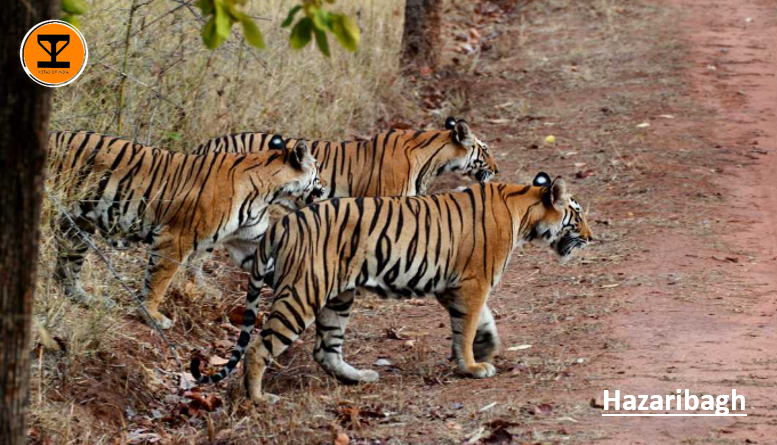
The Hazaribagh Wildlife Sanctuary is home to a diverse range of flora and fauna, making it a popular destination for nature lovers and wildlife enthusiasts. The sanctuary is known for its population of leopards, tigers, sloth bears, and various species of deer. Birdwatchers will also be delighted by the wide variety of bird species that can be spotted in the sanctuary, including peafowl, partridges, and hornbills.
Visitors to the sanctuary can explore the lush forests, grasslands, and water bodies that make up the diverse landscape of the area. There are several trekking routes and nature trails that allow visitors to immerse themselves in the natural beauty of the sanctuary. The sanctuary also offers opportunities for camping and picnicking, allowing visitors to spend more time in the midst of nature.
8. Dalma Wildlife Sanctuary
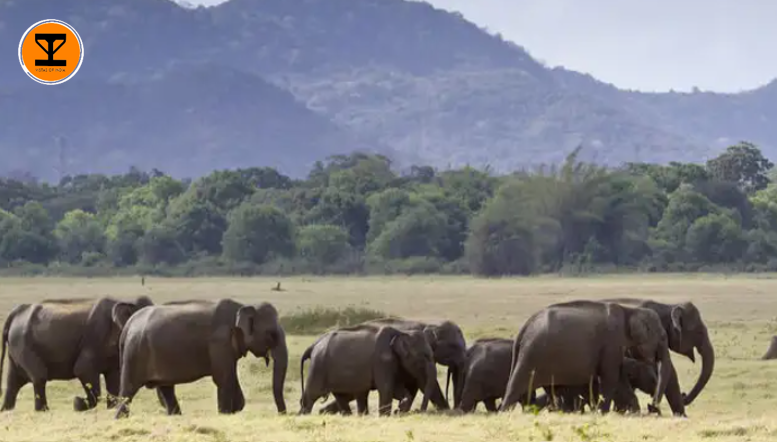
Dalma Wildlife Sanctuary, a haven for elephants, is just a short 10 km (6.2 mi) drive from the bustling city of Jamshedpur, also known as the ‘Steel City’. With excellent transportation options available, you can easily reach this sanctuary in less than 30 minutes from Jamshedpur.
Apart from being home to over 100 elephants, the sanctuary is also a sanctuary for rare and endangered animals and birds, making it a paradise for wildlife enthusiasts. Adventure seekers and thrill-seekers will also be delighted as the sanctuary offers exciting trekking opportunities.
Additionally, for those seeking spiritual solace, there is a Lord Shiva Temple located here, which attracts a large number of devotees during the festive celebrations of Shivaratri in February.
Conclusion
In conclusion, the establishment of a wildlife sanctuary in Jharkhand presents a promising opportunity for tourism. With its rich biodiversity and unique ecosystems, the sanctuary offers visitors an immersive experience in nature. From majestic tigers to rare bird species, the sanctuary showcases the region’s diverse wildlife, attracting nature enthusiasts and wildlife photographers alike.
Additionally, eco-tourism initiatives within the sanctuary can provide sustainable livelihoods for local communities while promoting conservation efforts. By preserving and promoting this natural treasure, the wildlife sanctuary in Jharkhand not only enhances tourism prospects but also contributes significantly to biodiversity conservation and environmental awareness in the region.
Frequently Asked Questions
Jharkhand’s sanctuaries are home to a diverse range of wildlife, including Bengal tigers, elephants, leopards, sloth bears, sambar deer, barking deer, wild boars, and various species of birds such as peafowl, jungle fowl, and hornbills.
The ideal time to visit Jharkhand’s wildlife sanctuaries is during the winter months, from November to February, when the weather is cooler and wildlife sightings are more frequent. However, some sanctuaries can be visited throughout the year, with each season offering unique experiences.
Some of the wildlife sanctuaries in Jharkhand offer accommodation options such as forest rest houses and eco-tourism resorts. It’s advisable to book accommodations well in advance, especially during peak tourist seasons, to ensure availability.
Visitors to Jharkhand’s wildlife sanctuaries can enjoy a variety of activities such as jungle safaris, nature walks, bird watching, and wildlife photography. Additionally, some sanctuaries offer opportunities for trekking, camping, and tribal village visits, providing a holistic experience of the region’s natural and cultural heritage.
Yes, visitors are required to adhere to certain rules and regulations to ensure the protection of wildlife and their habitats. These may include maintaining silence, avoiding littering, refraining from feeding or disturbing animals, following designated trails, and obtaining necessary permits for activities like safaris and camping. It’s essential for visitors to respect these guidelines to contribute to the conservation efforts of the sanctuaries.

Welcome to vistasofindia.com, where we transform your travel dreams into a reality by guiding you through the diverse and enchanting landscapes of India. We understand that every traveler seeks a unique experience, and with our in-depth guides and insider tips, we ensure that your journey is not just a trip but a memory to cherish.

Start Your Journey Now!
Begin your exploration of India today with vistasofindia.com. Discover detailed information about key destinations, plan your itinerary efficiently, and get ready for an unforgettable adventure. Whether you’re a history enthusiast, a festival lover, or a foodie, India has something extraordinary for you.

Let us be your ultimate travel companion for exploring India! With our in-depth information on every corner of the country, you can create a personalized itinerary that suits your interests. Don’t wait any longer – start exploring and get ready to experience the magic of India firsthand!
